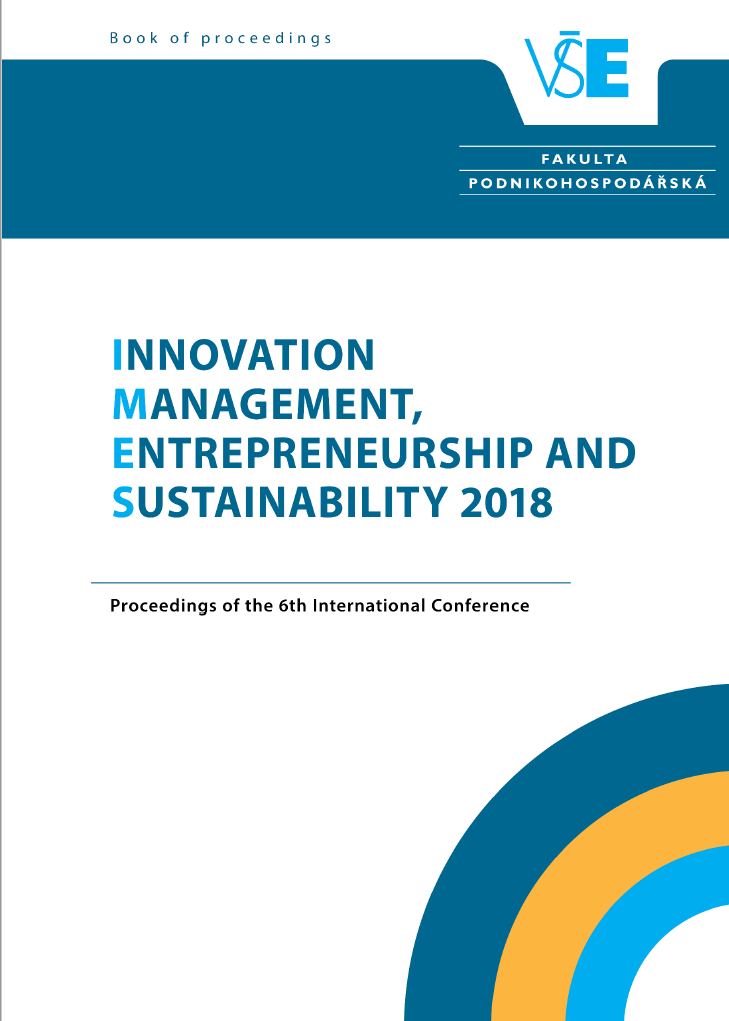
Gender and Divergent Thinking - Implications for Management Executives
Purpose:The purpose of this paper is to analyze the reports from research on the relationship between divergent thinking and gender, as well as to present the results of own studies verifying the correlation between creativity and gender. Creativity is a highly desired personal competence on the modern labor market, especially due to its key role in the processes of creating innovative solutions. Simultaneously, it is believed that creativity as a trait constitutes basic economic capital. Methodology: The analysis of current reports from scientific research has been conducted on the basis of articles available in Ebsco and Google Scholar databases. The study has been based on the Test for Creative Thinking –Drawing Production -TCT-DP. 80 trainers of soft training participated in the study. The research was guided by the theory of creativity and divergent thinking. Findings:The own research has demonstrated that gender does not determine the level of creativity. However, reports from studies using neuroimaging techniques point to visible differences between levels of creativity in women and men. Practical implications: This article demonstrates that the issue of the relationship between divergent thinking and gender is a complex phenomenon and sensitive to many co-occurring variables. Depending on the research methods used, the results of exploration differ from each other. The results of the survey show that the management should carefully approach gender differences in level of creativity. Gender should not be an argument for the employment of a person for a creative role. Value:The article suggests that the problem of gender differences in terms of creativity is a multi-faceted problem. Gender should not, therefore, determine the scope or nature of tasks entrusted to employees by their supervisors or team leaders.
More...